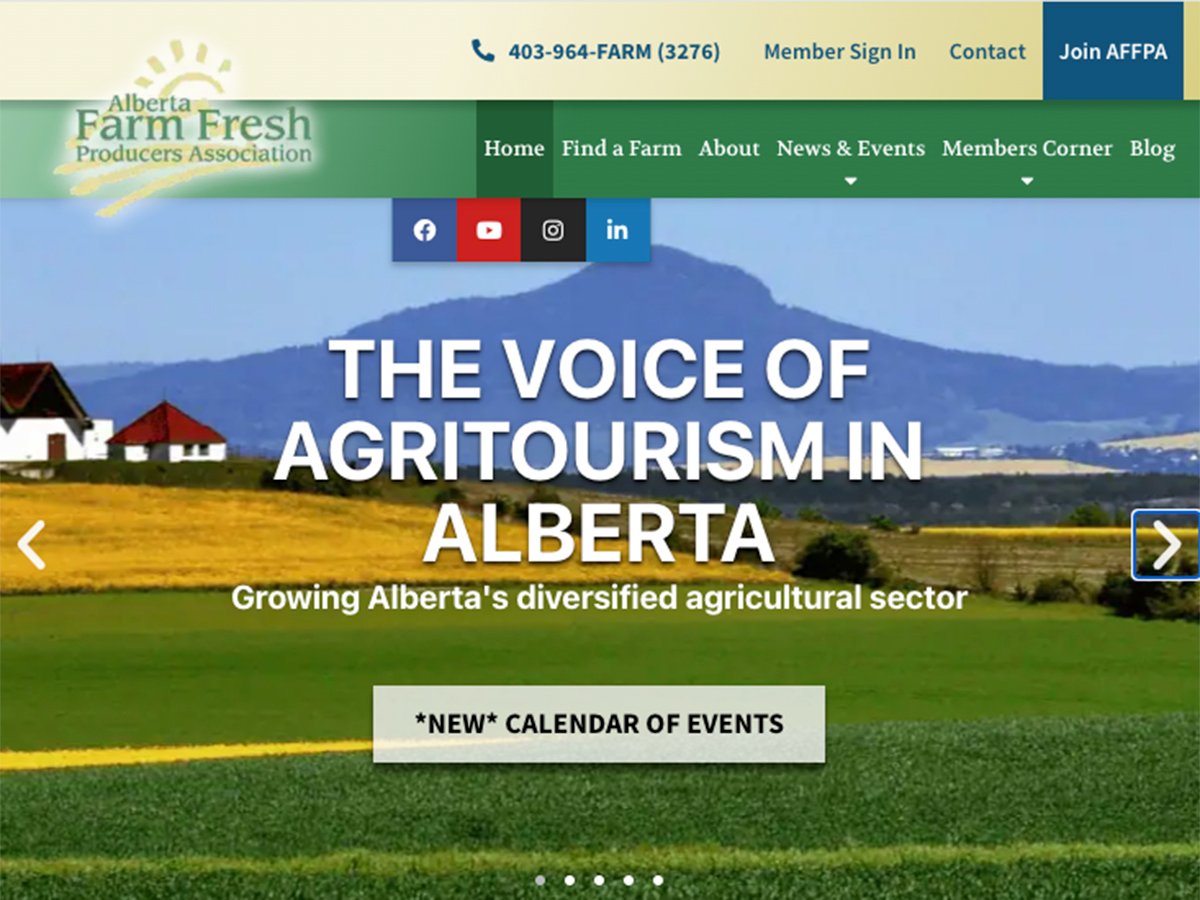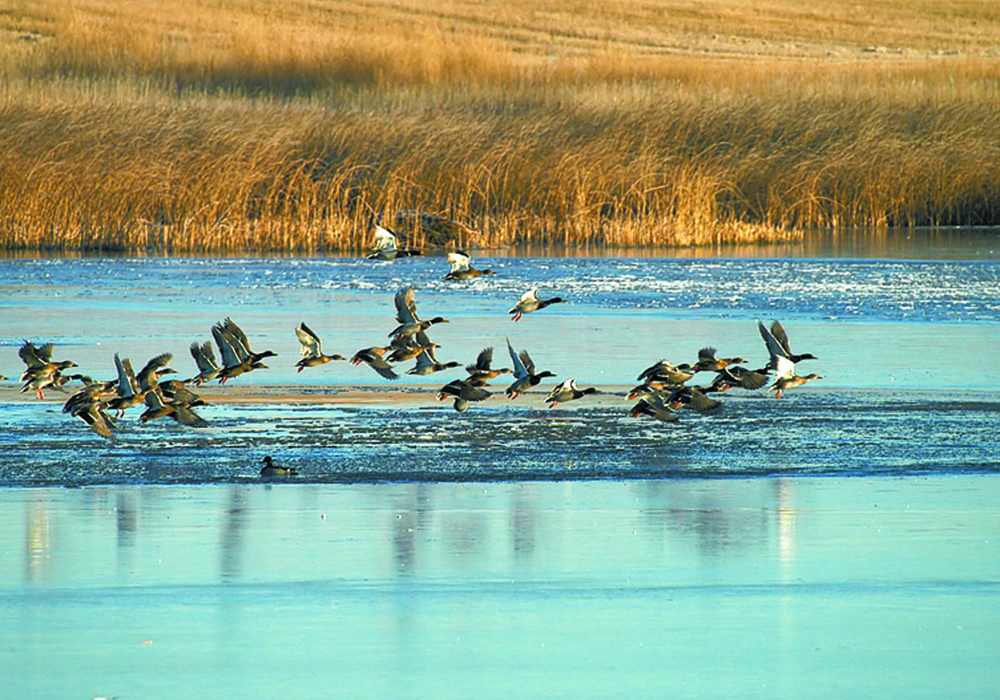A study shows that research is showing that bird populations are adjusting to larger farm sizes with fewer species
Large-scale farming can have detrimental effects on wild species.
A recent study led by the University of British Columbia in collaboration with Vrije Universiteit Amsterdam, the University of Göttingen, and the University of California, Santa Barbara, looked at the environmental impact of farm size on bird species.
The research showed that increased farm size results in a 15 percent decline in overall bird diversity.
The presence of wildlife species in an area is often a strong indicator of a healthy ecosystem and the study, which was conducted between 2015 and 2018, sought to understand the link between farm size and populations of wild birds in surrounding areas.
Read Also

New Alberta funding for program hopes to further unlock agritourism industry in province
Alberta Farm Fresh Producers Association is launching a new initiative thanks to $300,000 of provincial funding to bolster Alberta’s smaller scale family farms and agritourism sector.
“There is a large amount of literature on the impact of farm size on efficiency, but the environmental impact of farm size was largely unknown,” said Frederik Noack, assistant professor in the Land and Food Systems department of UBC.
The researchers took an unusual approach by exploring the diversity of local birds in farmland bordering both sides of the historic Iron Curtain in Germany.
“This is like a ‘natural experiment’ and the perfect set up to answer the question,” said Noack. “Farms in eastern Germany use the same methods as farms in western Germany. The main difference is the scale of the operation.”
While German reunification has blossomed into a seamless economy with the country enjoying the largest national economy in Europe, farms on the eastern side of the former border are still four to five times larger compared to those in the west. Noack said that the large farms to the east are around 617 acres, while small farms west of the border are around 125 acres.
In the report, Noack wrote that while farms in east Germany have been privatized for 30 years, the sharp differences in farm sizes are still largely visible. This provided ideal conditions to study the impacts of farm size on bird diversity given the fact that they are ecologically and politically similar environments. Larger farms mean larger fields, an increased use of pesticides, fertilizers and other chemicals, a loss of edge habitat and a displacement of competitive plant and animal species.
The percentage of forest and crop cover transition smoothly across the border but farm management significantly changes on the eastern side. He said that farms use only half the labour, fields are twice as large, and land cover is significantly less diverse in east Germany than in the west.
They combined data on land cover from satellite images with bird diversity data to equate the impact of farm size on birds and understand the mechanisms by which farm size impacts them.
The results showed a 15 percent decline in overall bird species and a reduction of some 20 percent in common cropland bird species mainly through the simplification of the agricultural landscape.
“Fifteen percent is about one out of six birds, which is a lot,” he said. “However, given the increase in farm size at the border (by four times) it may not be that big at all.”
While larger farms are not in themselves damaging, their typical characteristics can impact bird diversity.
“Larger farms have typically larger fields and create more homogenous landscapes with less diverse bird habitats,” he said. “The results were surprising for me, mainly because the effect is not driven by the industrialization itself (more pesticide use, for example) but rather by the loss of landscape diversity. Policies to support landscape complexity may also be more difficult to formulate.”
The study did not directly involve farmers given the large geographical area along the border, which would have made interviewing all the farmers in the region difficult. However, farm sizes were known to the researchers from satellite imagery. The satellite information allowed them to make correlations between farm size, crop cover, land cover diversity and land-use intensity. With the focus on bird populations, they used data from the common breeding birds survey, or CBBS, as well as data from citizen science (eBird).
Noack wrote that, while the CBBS data had the advantage of being from a random sample with standardized sampling procedures, the density of the eBird observations was several times higher than the CBBS observations. This permitted the researchers to record changes in bird diversity with greater precision and more surprising results.
“Our main results suggest a strong and negative effect of farm size on bird diversity,” Noack wrote in the report. “Based on our sample of eBird observations in proximity to the former border, we find that general bird diversity declines by 20 percent while diversity of common cropland species declines by 34 percent. Using the CBBS observations, we find a decline of general bird diversity by 10 percent and a decline of common cropland species by 17 percent.”
Noack suggested that substantial differences in spatial selection of land cover between eBird and CBBS samples may explain the differences.
The results of the study suggest that to overcome biodiversity loss, maintaining diverse non-crop habitats within the agricultural landscape will play a crucial role in bird and ecosystem preservation.
Environmental policies could involve harmonizing agriculture with conservation targets by planning riparian buffer strips, forest patches, hedgerows, or agroforestry to generate a healthy ecosystem and support a diverse bird population.
The research was published in the American Journal of Agricultural Economics.















